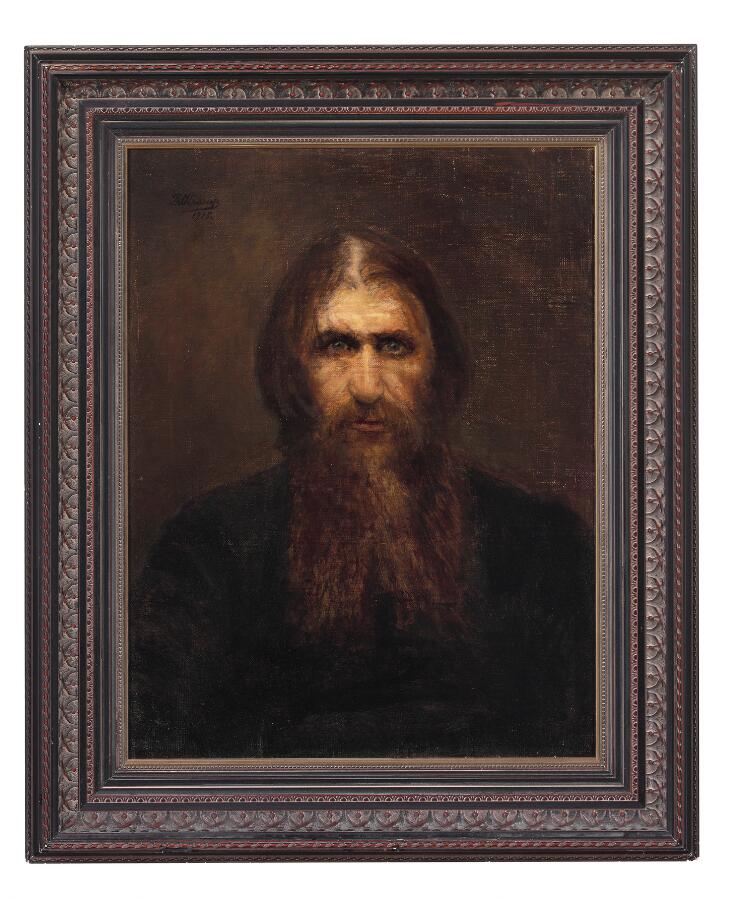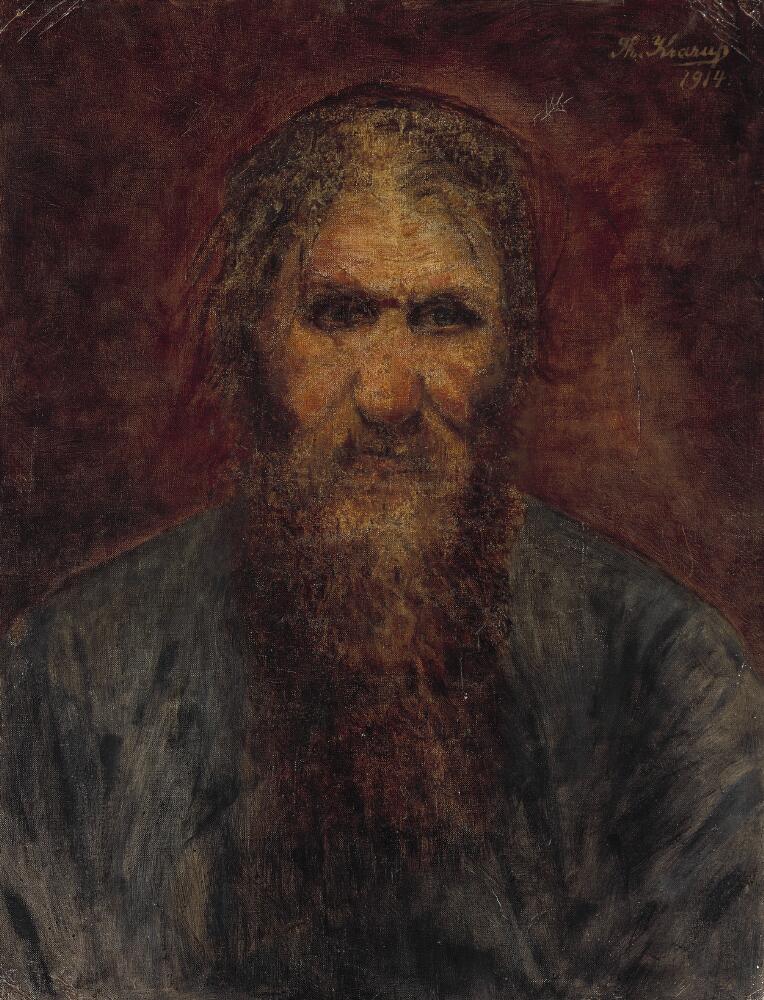Portraits of the Legendary Rasputin
A mystic, charlatan, womanizer and holy man. There are more than enough myths to go around about the Russian peasant named Rasputin. Many believe that he served as political adviser to Tsar Nicholas II and was a contributing factor to the Russian Revolution. On the contrary, the story of the Danish portrait painter Theodora Krarup and her remarkable career in Russia has largely been forgotten over time. Two rare portraits of Rasputin from her hand are up for auction this June.
You now have a unique opportunity to acquire a piece of Russia's most unusual history with two of Theodora Krarup's portrait paintings of Rasputin, for which he personally sat as model. Most of the 12 portraits that Theodora Krarup managed to paint of Rasputin have today disappeared or been destroyed, which makes these two works exceptionally rare.
The Peasant with Hypnotic Powers
Grigori Jefimovich Rasputin (1869-1916) was a Russian peasant from Siberia who proclaimed himself to be a holy man. He was in contact with the Russian Imperial court from 1907 due to his assumed healing powers with which he supposedly helped the Tsar's son who suffered from haemophilia. The rumours surrounding Rasputin were many. In her memoirs, Theodora Krarup describes the public's image of him as "a demon, a seducer of women, a manipulative, cunning and calculating peasant who exploited his hypnotic power over the weak-willed ruling couple." Krarup herself was of another opinion. She found him to be a kind person without ambition and could not at all recognize the many rumours.
"Already several years before the war came, one could not avoid hearing about Rasputin."
Theodora Krarup on Rasputin in her memoirs
It has been argued that Rasputin was able to influence Tsar Nicholas II significantly during his final years in power, which helped to discredit the Tsar and his government and led to the fall of the House of Romanov in 1917. Many wanted Rasputin gone for good, both among the general population, the nobility and the Imperial family itself. Rasputin was assassinated on 17 December 1916, and among the killers were members of the Tsar's family. Less than three months after Rasputin's death, the Russian Revolution broke out.
Two Rare Rasputin PortraitsIn one of the works up for auction (dated 1915), Rasputin is portrayed as a holy man who, with his remarkably piercing eyes, constantly follows the viewer of the painting. In the second work (dated 1914), Rasputin is seen as a Russian peasant with sweat on his forehead, ruddy face and irregular hair and beard. In her memoirs, Theodora Krarup writes that she painted 12 portraits of Rasputin. At the time of his death in 1916, shortly before the revolution, she still had some of these portraits in her possession. The Finnish Consul General Otto Auer in St. Petersburg bought three of these portraits from Krarup. In 2003, his descendants chose to sell one of the portraits (dated 1916, whereabouts unknown today). The two remaining portraits can now be acquired at our Russian Live Auction and have been consigned by Otto Auer's descendants. Several original receipts from Theodora Krarup to Otto Auer are included. |
|
|
|
|
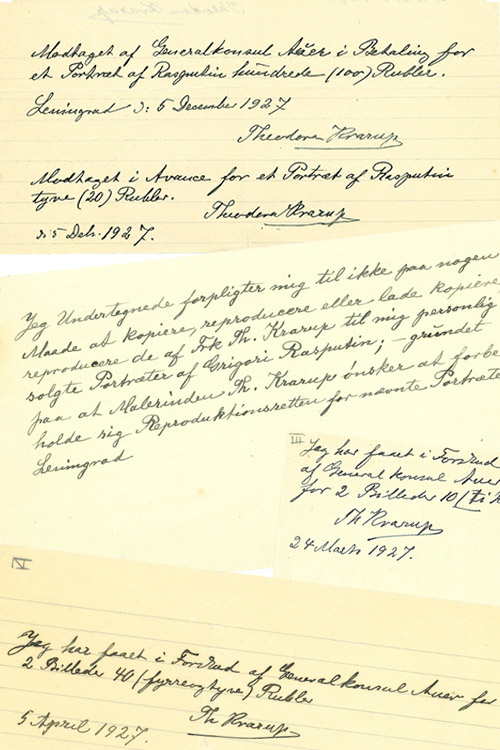
|
"I first encountered Theodora Krarup and her portraits of Rasputin 30 years ago. It was while I was completing my Danish military service and found an antiquarian bookshop near the barracks. Among the many books on Russian history, art and decorative art that I bought and read in my spare time were Theodora Krarup's interesting memories.”
Martin Hans Borg, Russian Chief Specialist
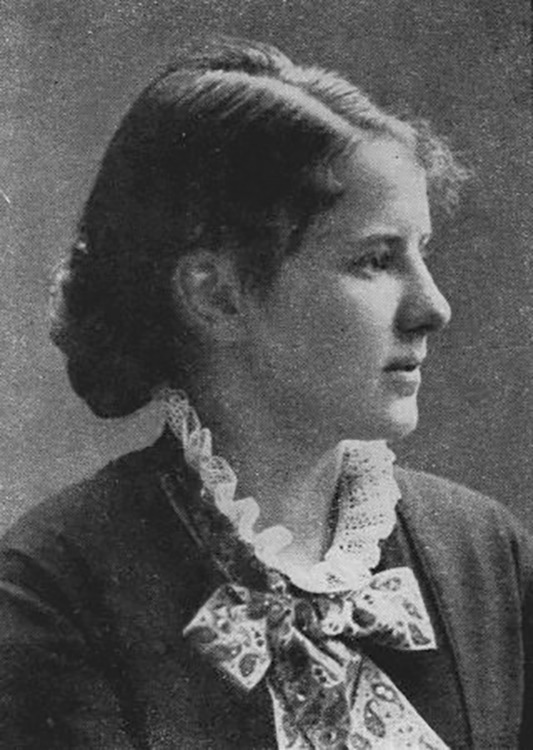
|
My Friendship with RasputinTheodora Krarup (1862-1941) was a Danish painter who arrived in St. Petersburg in 1896, where she began painting portraits of the Imperial family. Here she was given, among other accolades, the Romanov Medal in gold by Tsar Nicholas II, which helped boost her career. Until 1917, she had a residence and studio on Nevsky Prospekt, and she led a remarkable life with numerous portrait assignments and many acquaintances among Russian artists, scientists and writers. Among her clients was also Rasputin, who often came to visit her studio to sit as a model for the portraits. In her memoirs, Theodora Krarup talks about her "friendship with Rasputin", including their very first meeting. |
"My impression of him was not so that I felt like immediately throwing myself on my knees as I later saw so many women do […], but I cannot deny that from his person flowed a great – one can safely say domineering – power.”
Theodora Krarup about her first meeting with Rasputin in her memoirs
Theodora Krarup lived in Russia until 1938, before she moved to Copenhagen where she lived the remaining three years of her life. Her memoir "42 Years in the Realm of the Czar and the Soviets" was published in Danish shortly after her death in 1941.
The two portraits depicting Rasputin will be presented at our Russian Live Auction on Wednesday 2 June. This will be followed by our Online Russian Theme Auction on Monday 7 June.
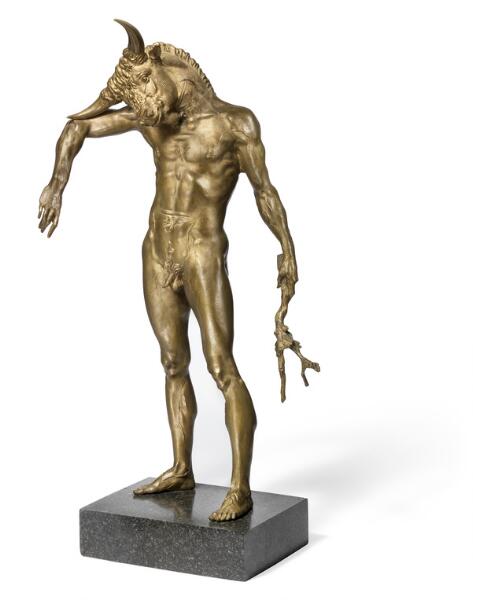
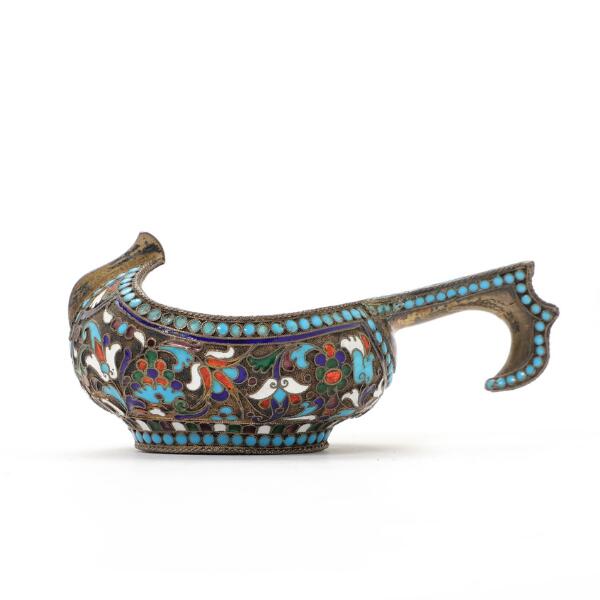
For further information, please contact:
Martin Hans Borg: +45 8818 1128 · mhb@bruun-rasmussen.dk
